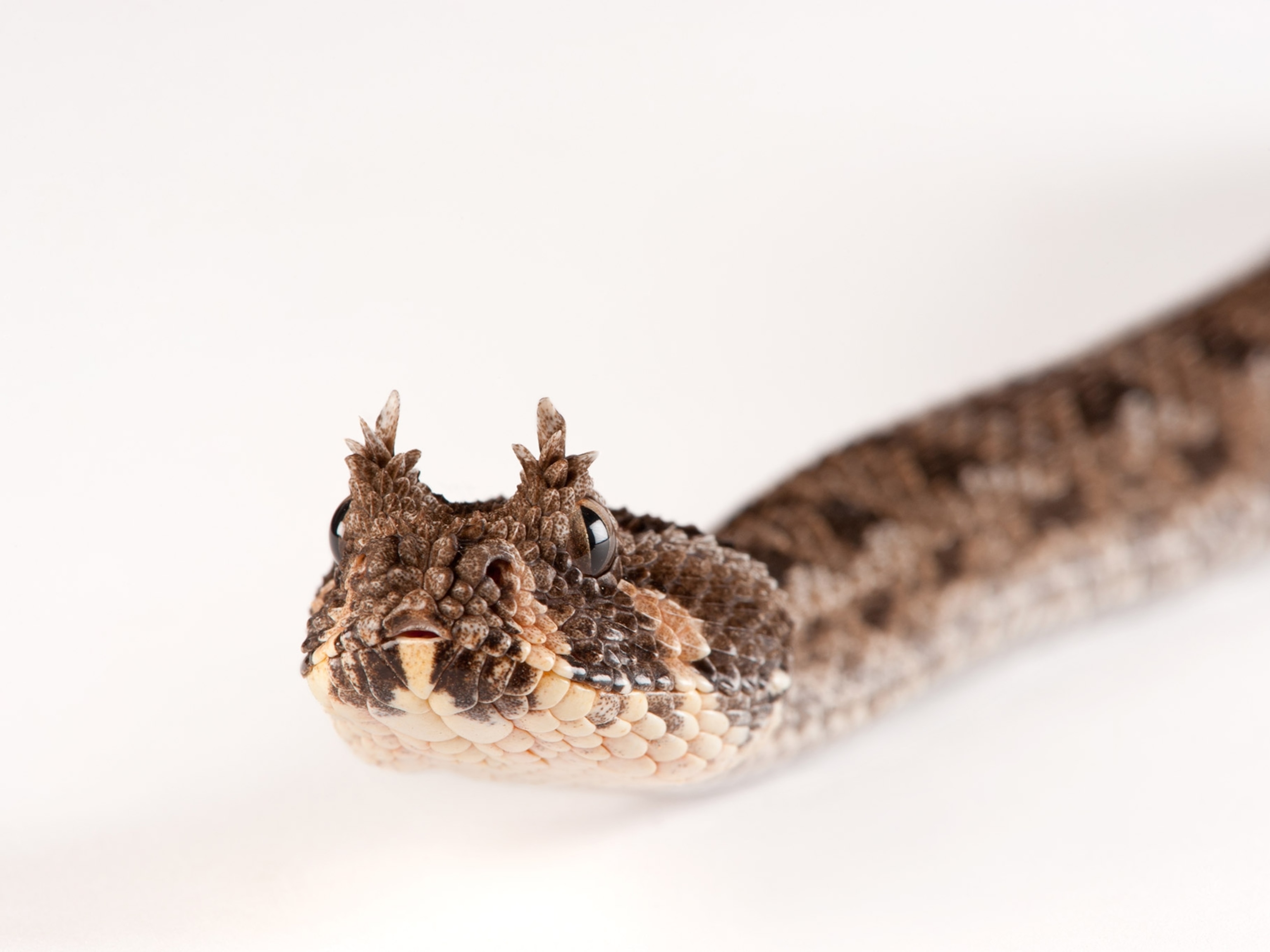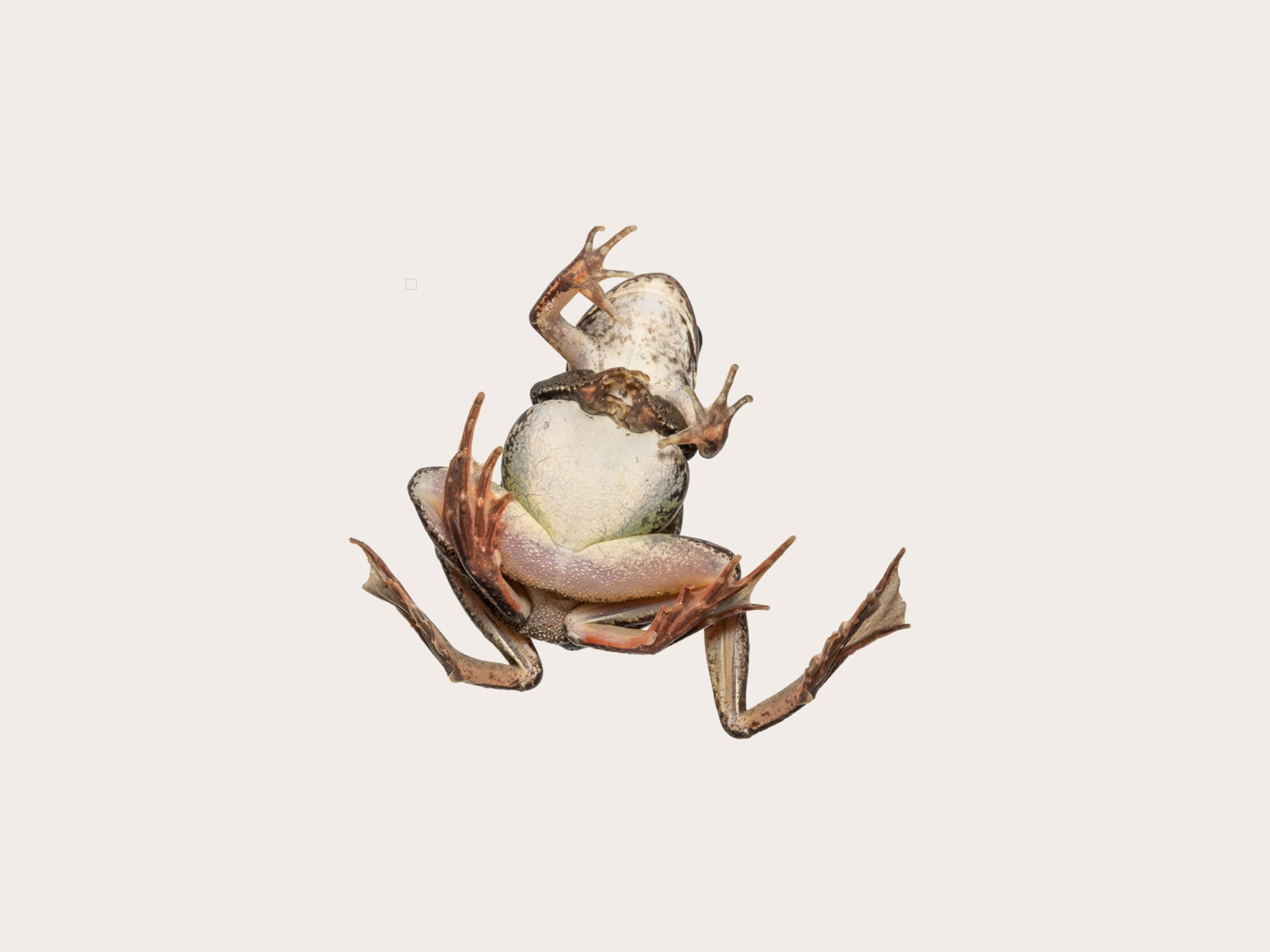
What you need to know about copperhead snake bites
Common in eastern North America and an expert in camouflage, this venomous snake species can surprise an unsuspecting hiker with a nasty bite.
Copperhead snakes are out for the summer.
Found throughout the eastern and southern U.S., copperheads can easily survive in developed areas like suburban neighborhoods, which is one of the reason the species is responsible for the most venomous snake bites every year.
And those bites increase as temperatures rises—a recently published study tracking emergency room visits in Georgia found that for every degree the temperature rose, venomous snake bites became more common.
Here's what you need to know about the warm weather snake and what to do if you're bitten.
What exactly is a copperhead?
The North American copperhead, Agkistrodon contortrix, a type of pit viper. Pit vipers have heat-sensing dents between their eyes and nostrils. This allows them to detect warm-blooded animals in the dark of night.
(Learn more about copperhead snakes.)
Deaths from copperhead bites are extremely rare. Most can be treated by medical room visits, but copperheads are considered to be the most dangerous snake in many states because they're the most likely to bite or be found near human dwellings.
You can recognize a copperhead by its namesake copper-colored head. Their light, tan bodies, which can grow longer than three feet, are crossed with hour-glass shaped dark brown bands.
Where are they found?
Copperheads have a wide range in the U.S., existing throughout the eastern and central portions of the country. They're widespread because they can live in a diverse array of habitats from wooded areas to mountains. What makes these snakes a particular threat to people is their affinity for junk yards, piles of sawdust, or old abandoned buildings.
Their light and dark brown colors make them experts at camouflage. While not known to be particularly aggressive, the snakes can be startled and bite the unsuspecting passerby.
During hot summer months, copperheads tend to be nocturnal and hunt for prey only during the night. However, as temperatures begin to drop during fall months, copperheads are more frequently seen during the day. According to Penn State, warm, humid nights after a period of rain are the best time to see copperheads.
Who is at risk?
Bites from copperheads can be extremely painful, but they're rarely fatal. Around 7,000 to 8,000 people are bitten by venomous snakes in the U.S. every year. Children or people with compromised immune systems face higher risks from the venom and complications during treatment. Tissue loss may occur locally around bitten flesh, and secondary complications can arise from infections.
A fact sheet on copperheads from the North Carolina Museum of Natural Sciences noted that for people who live near wooded areas or other ecosystems, "eliminating the possibility of a snake is virtually impossible."
The Centers for Disease Control and Prevention note that outdoor workers who step on or near a copperhead are most likely to be bitten.
How are bites treated?
Not all copperhead bites require antivenom.
A 2010 study published in the journal of the American College of Surgeons tracked 88 copperhead bites in patients seen from 1995 to 2010. Of these patients treated, none received antivenom or surgery but were instead treated for pain and swelling.
While venomous snake bites can be dangerous, antivenom also runs the risk of complications. Immediate allergic reactions can sometimes result in anaphylaxis, and delayed sickness can result from treatments.
Are copperhead bites on the rise?
According to a study conducted from 2000 to 2013 by the American Academy of Pediatrics, yes—for children (no studies have been done on adults to date). The study found that, in the 13-year period, reported copperhead bites increased by 137 percent. Over 1,300 snakebites are reported in children every year in the U.S., and 39 percent of those are from copperheads.
Experts have speculated that human-created conditions like habitat loss, urbanization, and climate change have pushed venomous snakes into suburbs and farther north.
What should I do if bitten?
Copperhead fangs deliver sharp, painful bites and venom can cause redness, swelling, and tingling. Take off any tight jewelry or clothing that might restrict blood flow as an extremity begins to swell.
The CDC recommends seeking medical attention as soon as possible. Keeping calm and still can help stop the spread of venom, and it's important to note the type of snake, if possible, so that doctors can use more effective treatments.
(And no, you can't suck venom from a wound.)





